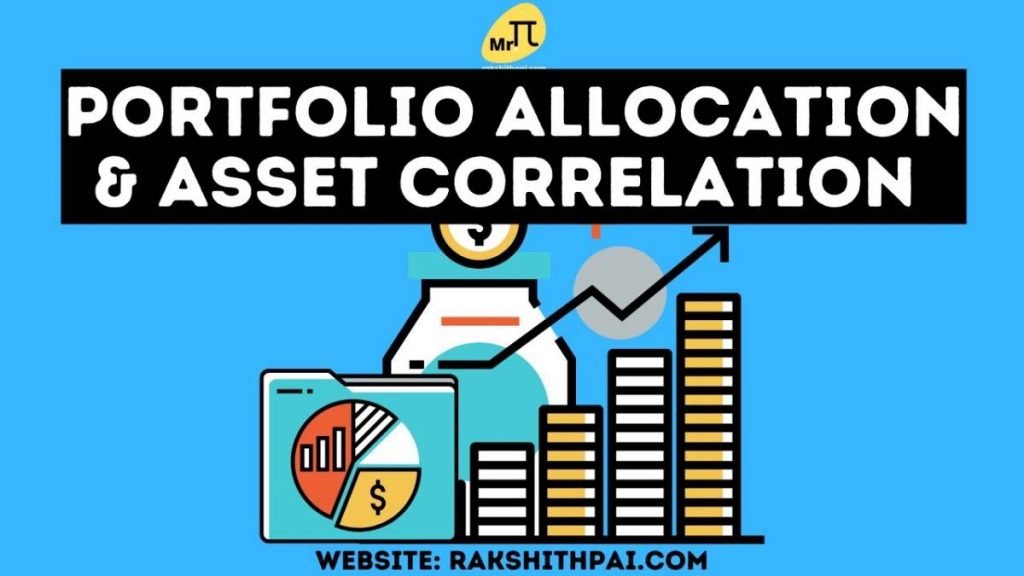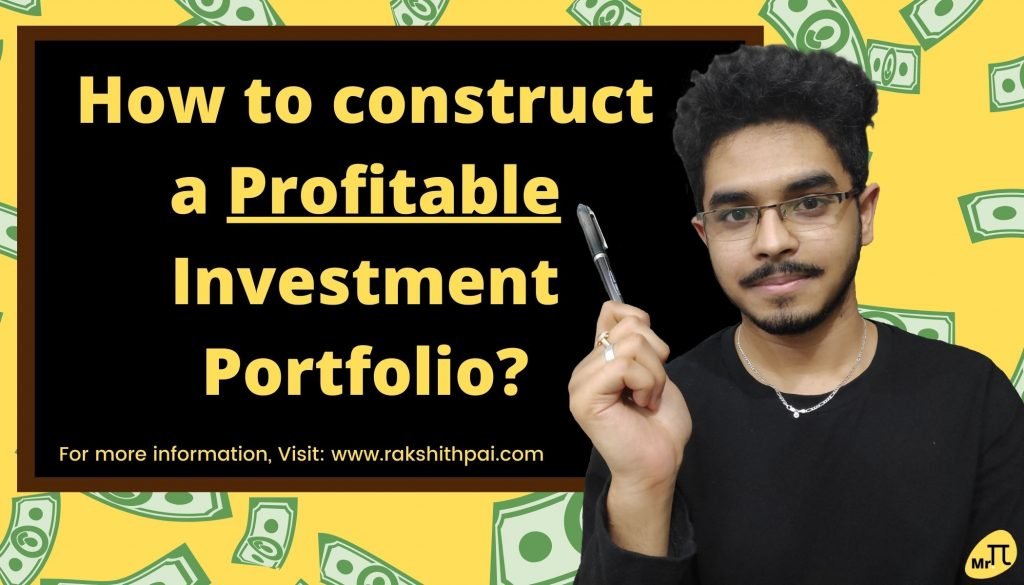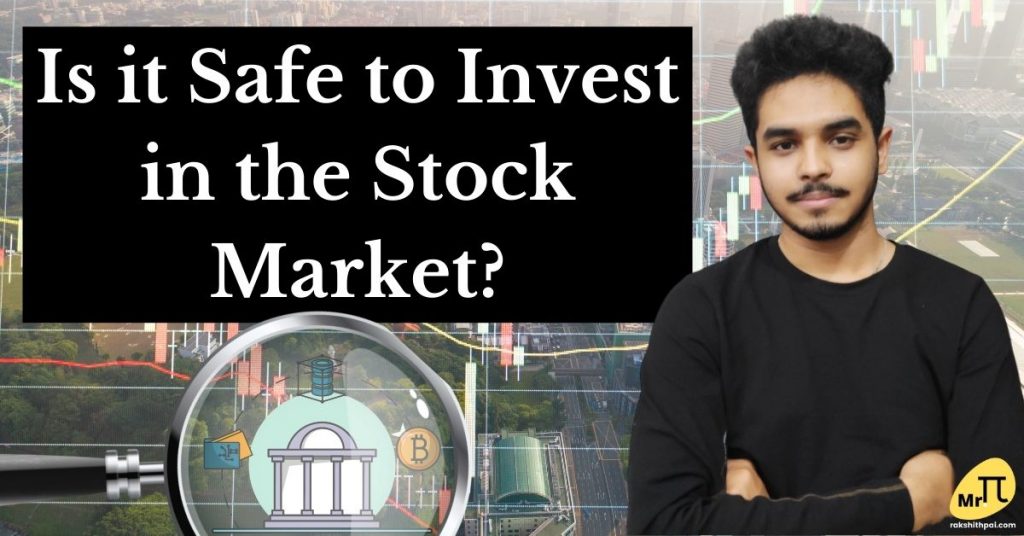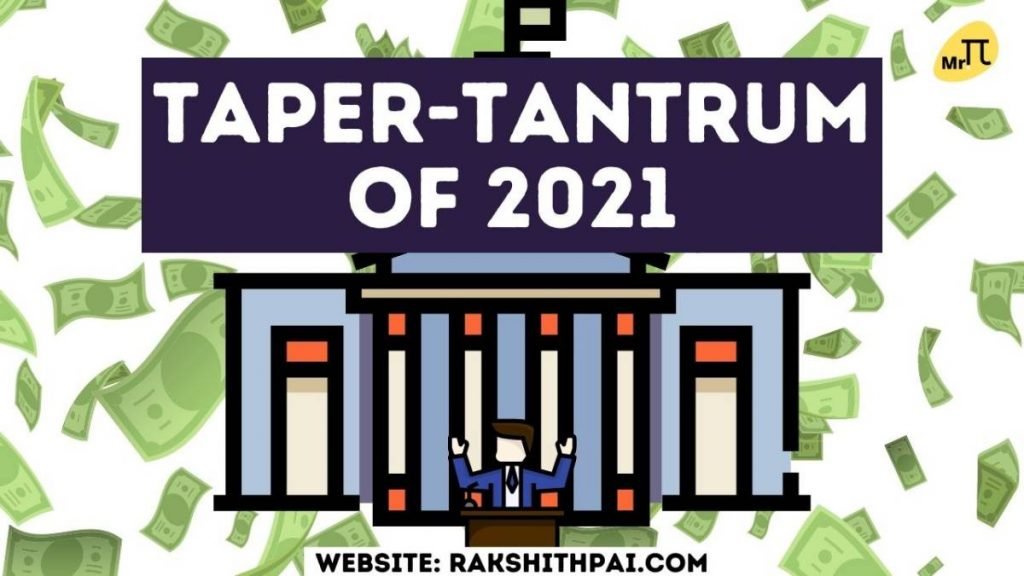Table of Contents
What is Value Investing?
An investment strategy primarily focused on the value of an asset is termed value investing. Buying securities that are relatively undervalued based on one’s estimation and buying the same with an expectation of making big returns.
The term value investing isn’t any alien term. Especially in today’s world, every individual calls himself a value investor. But, what exactly qualifies for one to be a value investor. Is it just one’s value estimation based on one’s comfort or something more?
There is no defined setup for value investing or valuation techniques. It’s a continuous process of learning, updating our techniques based on market conditions, and most importantly sticking with one’s discipline of investing. It is to not overpay no matter how favorable the stock seems to be (the discipline that I carry).
The discipline is just to be invested over the long-term and buy stocks as in SIP (Systematic Investment Plan). I believe with the right amount of discipline and control over one’s emotions anyone can invest in the stock market and expect a pretty good return.
Investing isn’t just a number-crunching game. If it was so, we would have had the supercomputers beat the market in the long term over and over again. Although the usage of computers in trading isn’t a new theme. But, Investing is much more than that. It requires one to be creative with analytical skills.
Over the years of investing, every investor tends to form their own set of checklists before buying a stock. And like everyone else, I do have one of my own (drafted based on various studies). The following write-up focus on that aspect.
7 common principles before Investing:
- Every stock has its velocity. The stocks are reactive towards the company performance, sectoral changes, market conditions, and more such controllable and uncontrollable events. It moves in its paradigm. So, each stock has its flow.
- The market is dynamic, the same changes almost daily. So, stay connected, informed, and alert.
- Do not invest in something which you aren’t aware of. If need be, find someone skilled with that particular sector stock to know and learn more.
- Invest that amount that you can afford to lose. Investing without considering emergency funds is just stupid.
- Good temperament is a must to be a successful investor. One has to take investment calls based on facts & analysis for the emotions that have no stand in them.
- No one investor can time the market. Yes, we have known stories of people manipulating the market. But, timing the market is almost impossible. The market moves on a collective force in its time frame known to none.
- Frame a set of strategies, and stick to it no matter what. One has to change his/her investment and trading strategy when the same lacks an update. Disciplined learning is all it takes to frame one.
As discussed earlier, reading an annual statement is a number-crunching game with a story behind it. Everyone does the number crunching for we are trained to do it. But, how many of us see the story behind the company. The story takes the company forward. Here’s a checklist that I have, the one that I see to draft my own story behind every financial statement I read.
10 pointer Checklist:
- Product awareness – How aware are you of the product or services offered by the company you plan to invest in. Knowing about the company means being aware of the company’s operations. A famous saying is that “An investor should know more about the product offered by the company than its management”.
- Innovation – A company failing to adapt to the markets changing tune is destined to go bankrupt. Just as how over time the market preferences change. A company has to bring in new products and services that’ll increase its sales potential.
- Research & Development – Over the years, we appreciate the US companies for their aggressive growth in the tech industry. How many of us realize that the same is because of their contribution to R&D. How efficient are the company’s R&D efforts? What part of company earnings goes back into Research and Development.
- Sales and Operating revenue – The worth of a company is primarily based on its earning capability. The company with above-average sales amongst its peers will make it to the top of the sector. Steady growth in sales and operating revenue is a must!
- Competitiveness – Increasing sales and operating revenue is one part. The operating profit must have a great margin. What is management doing to maintain and improve the profit margin? A larger profit margin means better utilization of management assets.
- Management-Employee relationship – What kind of relationship the management holds with its employees. The Board of Directors (BOD) should maintain their individualities and the top management has to do what’s right for the company while considering the social constraints. Go through the Corporate Social Responsibility (CSR) activities conducted by the management.
- Debt management – Debt can be an asset if the same is utilized optimally in an organization. An unserviceable debt is like cancer. It kills the company from the inside. The optimum debt level is highly required for a company.
- Accounting controls – Does the company have questionable integrity and the same is visible in its annual statement. Read the auditor’s report to find any wrongdoings. The auditor (as per one’s code of conduct) has to be thrown in light over management issues and any corruption and accounting malpractice.
- Sufficient Market potential – If the market itself isn’t big enough, how can we expect the company to grow? The product or services offered by the company should be well marketable and have a larger customer base. Something that not only has ready demand in the market. But, the same has to be futuristic.
- Peers comparison – Always know what the competitors are up to. Whether the competitors are offering better products and services or are they providing the same products and services at better pricing. Remember that we live in a capitalistic market where being competitive is everything and ignoring the same means of death to the company.
As Mr.Philip Fisher says – “Big fortunes are made by betting on stocks at downtime to make money on the bull run”. Now, the downtime we have always expected is here. It’s that time of the period wherein we get to see the market tremble. Expert’s opinion that the crash in the US market is right around the corner (the reason for the same is a topic for another day). And, with the recession in India and almost every other developed & developing economy. I suggest each of you take every investment step very cautiously hereon. Now, that the “V” shaped recovery is down the drain.
The opportunity to invest will always be available. Hope the above-mentioned points help all of you in taking better investment decisions. Remember to check the above-mentioned checklist while reading your next financial statement.
Disclaimer: All the information on this website is published in good faith and for general information purposes only.










Good information for my future
investments..thanks:-)
Thank you Sudhakar.
Happy to share the knowledge. 🙂